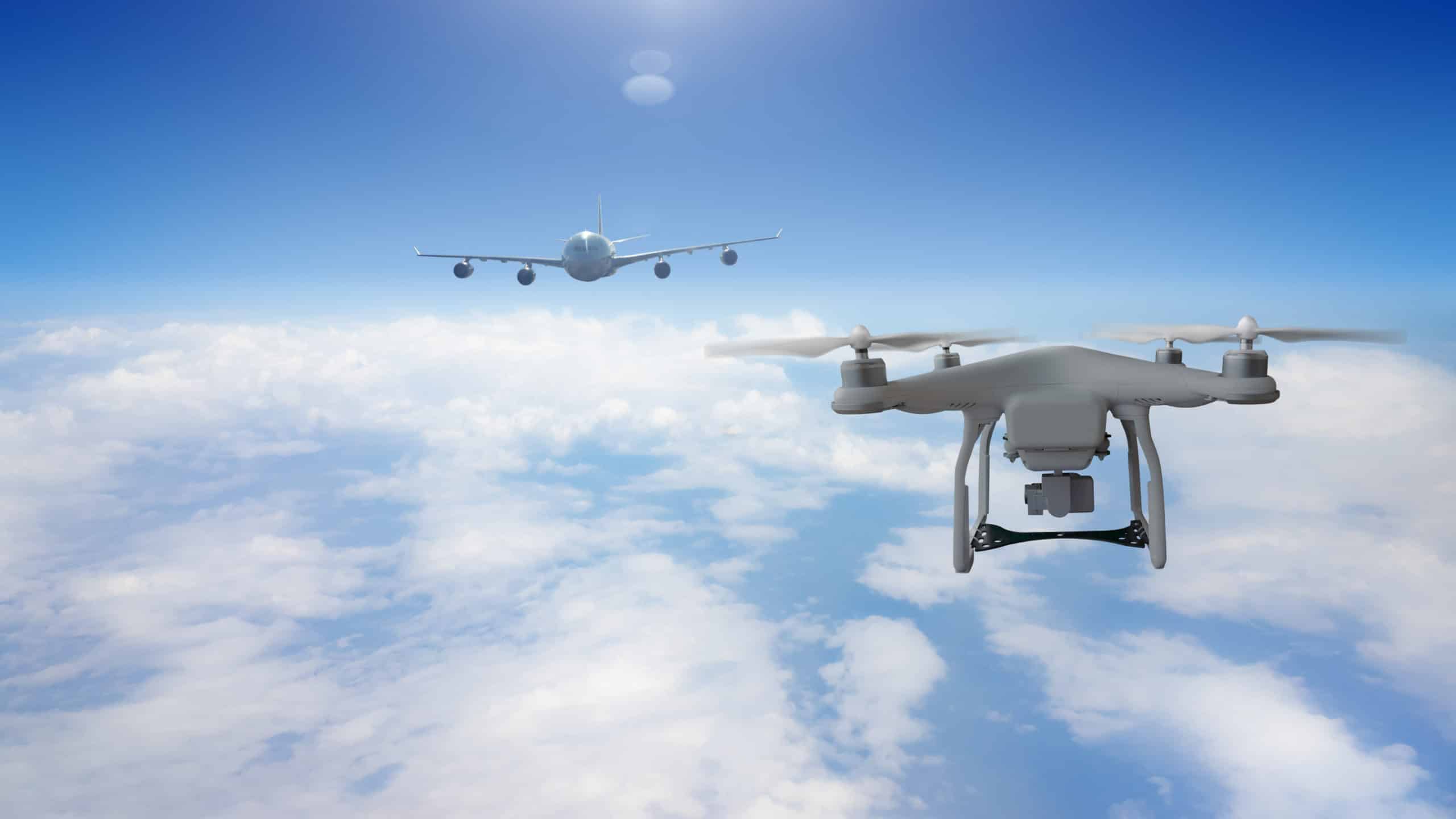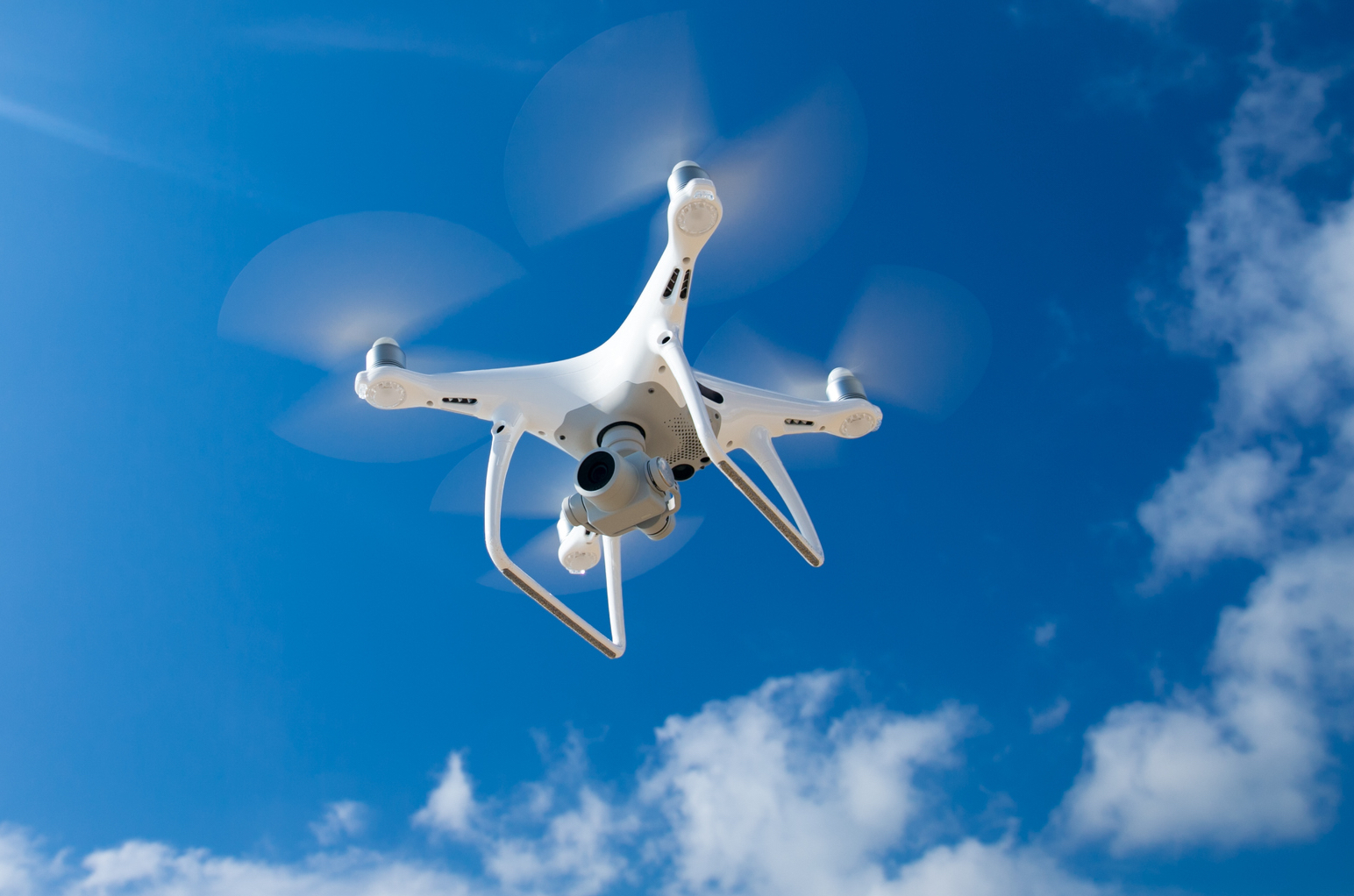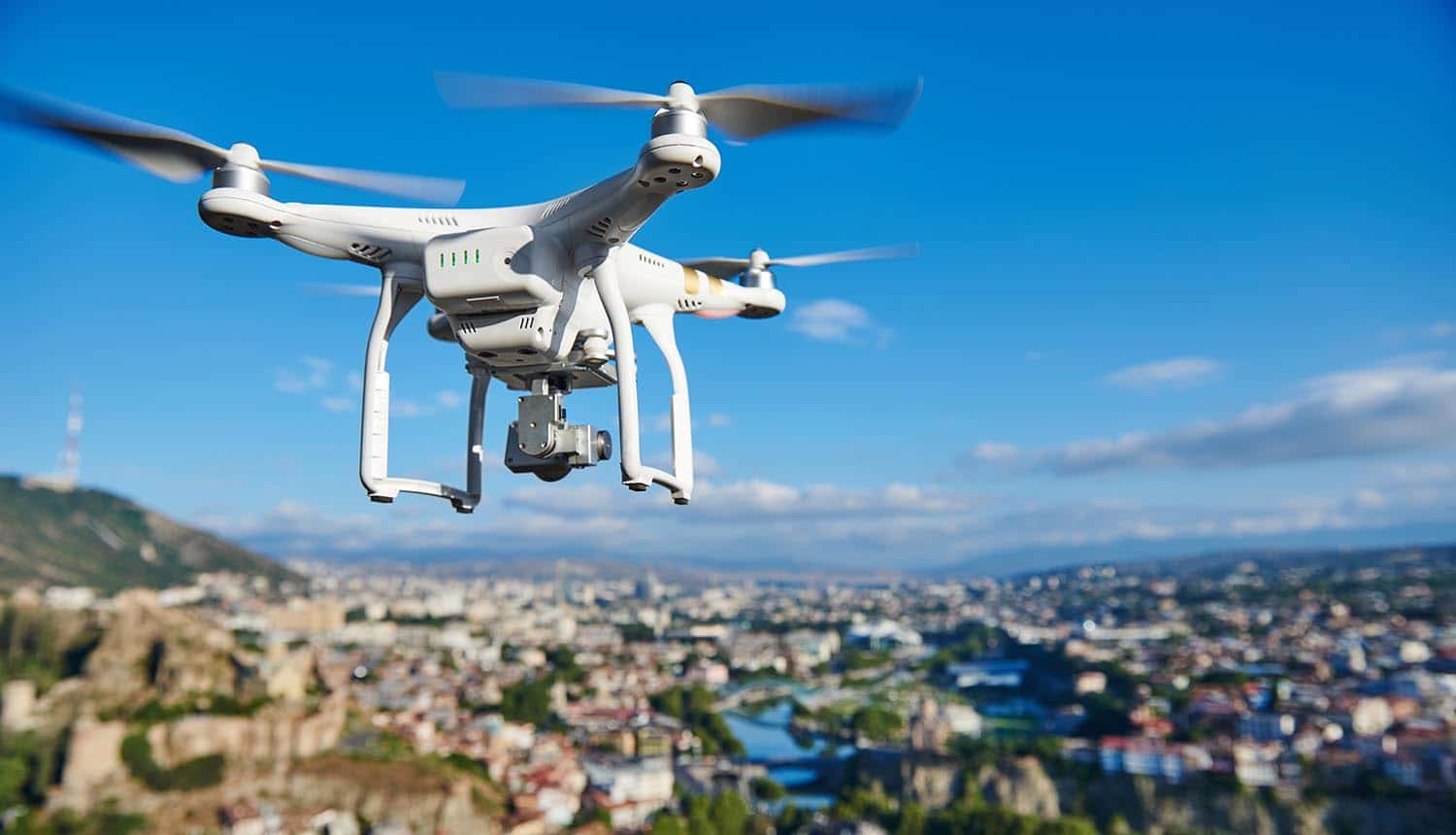Sky elements drones are revolutionizing atmospheric research, offering unprecedented access to previously unreachable data. These unmanned aerial vehicles (UAVs), equipped with an array of sophisticated sensors, are transforming our understanding of weather patterns, climate change, and various atmospheric phenomena. This exploration delves into the diverse types of sky element drones, their capabilities, data acquisition and processing techniques, and their crucial role in meteorological and climate studies.
We will also examine the technological challenges, regulatory considerations, and exciting future trends shaping this rapidly evolving field.
From high-altitude flights capturing data on atmospheric composition to lower-altitude surveys measuring wind speeds and humidity, sky element drones provide a flexible and cost-effective approach to atmospheric data collection. This versatility allows researchers to access remote locations, monitor dynamic events in real-time, and obtain high-resolution data with unparalleled precision, leading to advancements in weather forecasting, climate modeling, and environmental monitoring.
Sky Element Drones: Revolutionizing Atmospheric Research: Sky Elements Drones

Unmanned aerial vehicles (UAVs), commonly known as drones, are rapidly transforming atmospheric research, offering unprecedented access to data collection at various altitudes and locations. Their versatility, coupled with advancements in sensor technology, allows scientists to gather detailed information about atmospheric phenomena, contributing significantly to weather forecasting, climate change studies, and environmental monitoring.
Sky Element Drone Types

A classification system for atmospheric research drones can be based on their operational altitude, payload capacity, and specific applications. The following table provides a categorization of different drone types and their capabilities.
| Type | Description | Capabilities | Applications |
|---|---|---|---|
| Low-Altitude Drone | Small, lightweight drones designed for operation within close proximity to the ground. | High maneuverability, precise positioning, limited flight time. | Microclimate studies, localized pollution monitoring, agricultural assessments. |
| Mid-Altitude Long-Endurance (MALE) Drone | Larger drones capable of sustained flights at moderate altitudes. | Extended flight time, greater payload capacity, moderate maneuverability. | Regional weather monitoring, atmospheric boundary layer studies, wildfire monitoring. |
| High-Altitude Pseudo-Satellite (HAPS) Drone | Large, long-endurance drones designed for operation at high altitudes, mimicking the capabilities of satellites. | Extensive flight time (days or weeks), broad coverage area, high-altitude atmospheric sampling. | Large-scale weather forecasting, climate research, communication relay. |
High-altitude drones, like HAPS systems, typically feature robust airframes designed to withstand extreme conditions, including low temperatures and thin air. They often incorporate advanced propulsion systems for efficient flight at high altitudes. In contrast, low-altitude drones prioritize maneuverability and agility, using smaller, lighter designs optimized for precise data collection in specific locations. Functionality differences reflect these design choices; high-altitude drones emphasize endurance and coverage, while low-altitude drones prioritize precision and adaptability to varied terrain.
Common sensors and payloads integrated into sky element drones include meteorological sensors (temperature, humidity, pressure, wind speed/direction), gas analyzers (measuring pollutants and greenhouse gases), cameras (high-resolution imagery and video), LiDAR (light detection and ranging for 3D mapping), and hyperspectral imagers (for detailed spectral analysis of atmospheric constituents).
Data Acquisition and Processing
The data acquisition process from sky element drones involves several key steps, which can be visualized as a workflow.
A typical workflow begins with sensor data collection by the drone. This data is then transmitted, often wirelessly, to a ground station. At the ground station, data undergoes quality control, validation, and processing, leading to the creation of usable datasets. These datasets are analyzed using various techniques to extract meaningful insights about atmospheric conditions.
Common data formats include NetCDF (Network Common Data Form) for storing gridded meteorological data, GeoTIFF for geospatial imagery, and CSV (Comma Separated Values) for tabular data. NetCDF is favored for its efficiency in handling large, multi-dimensional datasets, while GeoTIFF is suitable for integrating georeferenced imagery. CSV provides a simple format for storing and exchanging tabular data. Data analysis techniques range from simple statistical analysis to advanced machine learning algorithms, depending on the research question and the complexity of the dataset.
For instance, statistical methods might be used to calculate average temperatures or wind speeds, while machine learning could be applied to identify patterns in weather data or predict future events.
Applications in Meteorology and Climate Research
Sky element drones are proving invaluable in various meteorological and climate research applications.
The increasing sophistication of sky elements drones, particularly in terms of range and payload capacity, is transforming modern warfare. Recent events, such as the significant drone attack on Russia, highlighted in this report ukraine drone attack on russia , underscore the evolving tactical landscape. This demonstrates the potential of these unmanned aerial vehicles to significantly impact future conflicts, prompting further research and development in sky elements drone technology.
- Improved weather forecasting through real-time data acquisition of atmospheric parameters in hard-to-reach areas.
- Monitoring of severe weather events, such as thunderstorms, hurricanes, and tornadoes, providing crucial information for early warning systems.
- Assessment of climate change impacts on temperature, humidity, and wind patterns by collecting long-term data from various locations.
- Study of atmospheric pollution and its effects on air quality and human health.
The advantages of using drones over traditional methods for atmospheric data collection in remote areas include:
- Increased accessibility to remote and challenging terrains.
- Cost-effectiveness compared to deploying manned aircraft or weather balloons.
- Higher spatial and temporal resolution of data collection.
- Reduced environmental impact compared to traditional methods.
Technological Challenges and Limitations, Sky elements drones

Despite their advantages, sky element drones face several technological limitations.
Battery life and range remain significant constraints, particularly for high-altitude and long-duration missions. Data transmission in remote or high-altitude environments can be challenging due to limited communication infrastructure and signal interference. Safety protocols and regulatory considerations, including airspace management and collision avoidance, are crucial for safe and responsible drone operations.
Future Trends and Developments

The future of sky element drones in atmospheric research is bright, driven by ongoing technological advancements.
Emerging technologies such as artificial intelligence (AI) for autonomous flight and data analysis, advanced sensor technologies for improved accuracy and sensitivity, and miniaturization of components for increased payload capacity and flight time are set to revolutionize the field. Innovative applications include the use of drones for monitoring volcanic plumes, assessing glacier melt rates, and studying atmospheric aerosols.
The integration of AI and machine learning will likely be the most significant advancement, enabling autonomous data collection, real-time analysis, and predictive modeling of atmospheric phenomena.
Illustrative Examples
Consider a hypothetical drone mission to study a developing thunderstorm. A MALE drone equipped with meteorological sensors (temperature, humidity, pressure, wind speed/direction), a high-resolution camera, and a lightning detection system would be deployed. The drone would fly through the storm’s various layers, collecting data on temperature profiles, wind shear, and precipitation intensity. This data would be transmitted in real-time to a ground station, processed, and analyzed using advanced statistical and visualization techniques to provide insights into the storm’s evolution and intensity.
A visual representation of the atmospheric layers could depict the troposphere, stratosphere, mesosphere, thermosphere, and exosphere. Each layer would be labeled with its characteristic features, and the flight paths of different drone types (low-altitude, MALE, HAPS) would be shown, illustrating their respective operational altitudes and capabilities in studying various atmospheric phenomena.
The integration of sky element drones into atmospheric research marks a significant leap forward in our ability to understand and address global environmental challenges. Their versatility, combined with advancements in sensor technology and data analysis techniques, is transforming how we collect, process, and interpret atmospheric data. As we continue to refine drone capabilities and develop innovative applications, the future of atmospheric research looks promising, with sky element drones playing a pivotal role in improving weather forecasting, monitoring climate change, and safeguarding our planet.
Question & Answer Hub
What are the typical costs associated with operating sky element drones for research?
Sky elements drones, with their advanced capabilities, are transforming aerial displays. For a spectacular example of this technology in action, check out the impressive light shows at the florida drone show , showcasing the artistry and precision achievable with modern drone technology. The innovations seen there directly influence the development of future sky elements drone applications.
Costs vary significantly depending on drone type, sensor payload, operational duration, and required personnel. Factors like maintenance, insurance, and data processing also contribute to the overall expense.
What safety regulations govern the use of sky element drones in atmospheric research?
Sky Elements Drones specializes in crafting breathtaking aerial displays, utilizing cutting-edge technology for seamless drone choreography. However, even with meticulous planning, accidents can occur, as highlighted by a recent incident detailed in this report: drone show accident. This unfortunate event underscores the importance of rigorous safety protocols and continuous improvement within the drone show industry, a commitment Sky Elements Drones wholeheartedly embraces.
Regulations vary by country and region. Researchers must adhere to airspace restrictions, obtain necessary permits, and implement safety protocols to ensure responsible and safe drone operation. Compliance with FAA (or equivalent) regulations is crucial.
How do sky element drones compare to weather balloons in terms of data collection?
Drones offer greater spatial resolution and maneuverability compared to weather balloons, allowing for targeted data collection at specific locations and altitudes. However, weather balloons can reach higher altitudes and have longer flight durations.
What are the limitations of using AI in analyzing data from sky element drones?
While AI offers powerful analytical capabilities, limitations include the need for large, high-quality datasets for training, potential biases in algorithms, and the complexity of interpreting complex atmospheric phenomena.